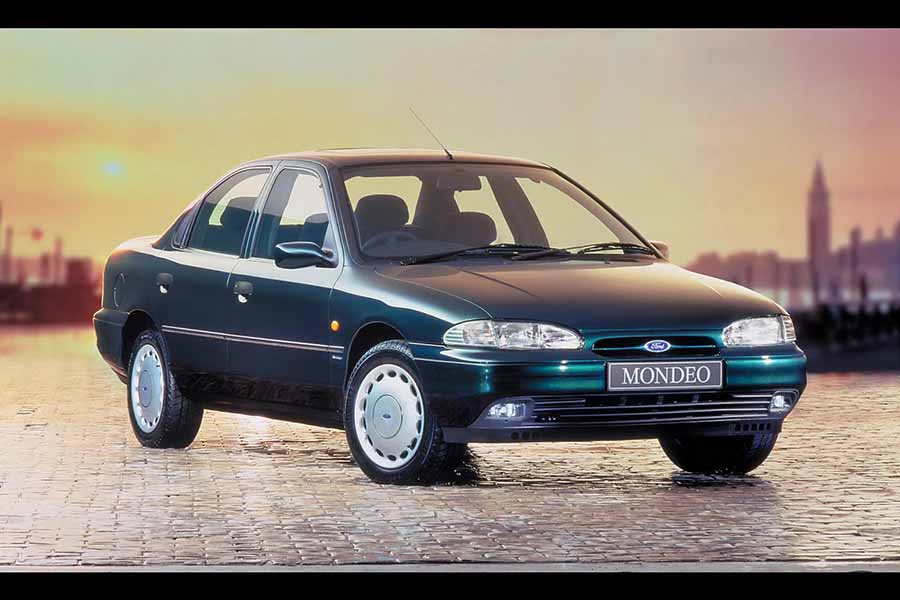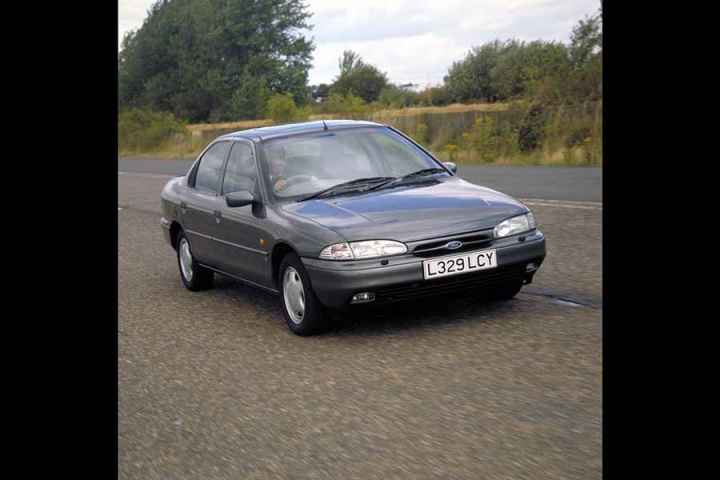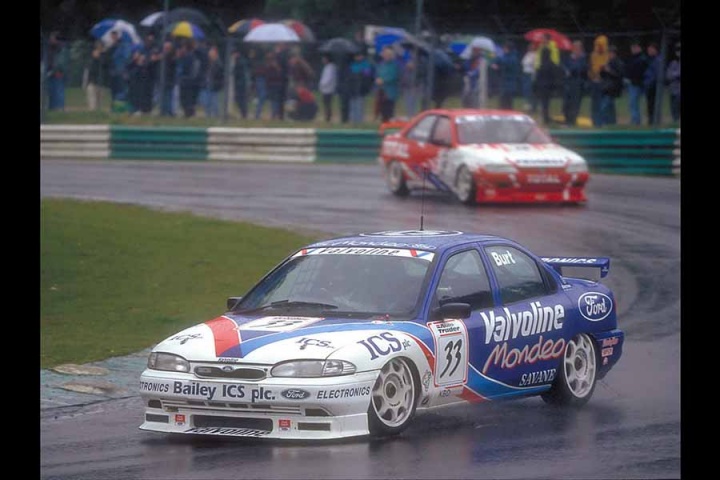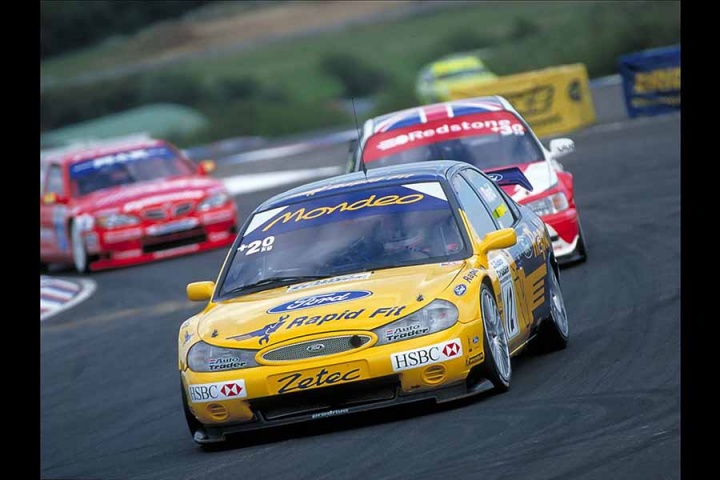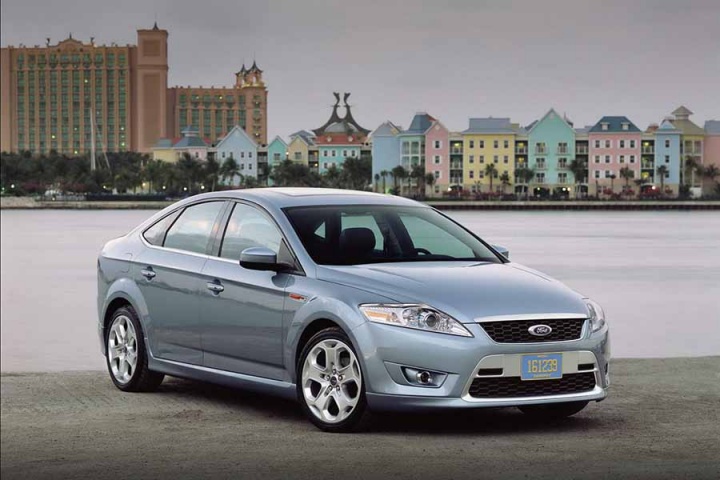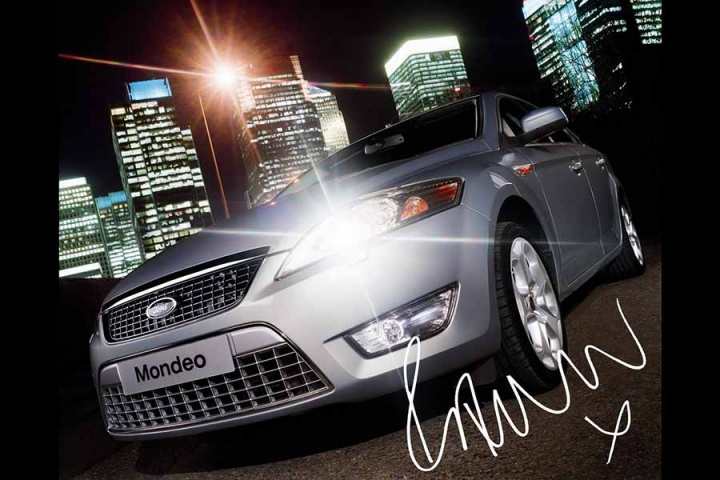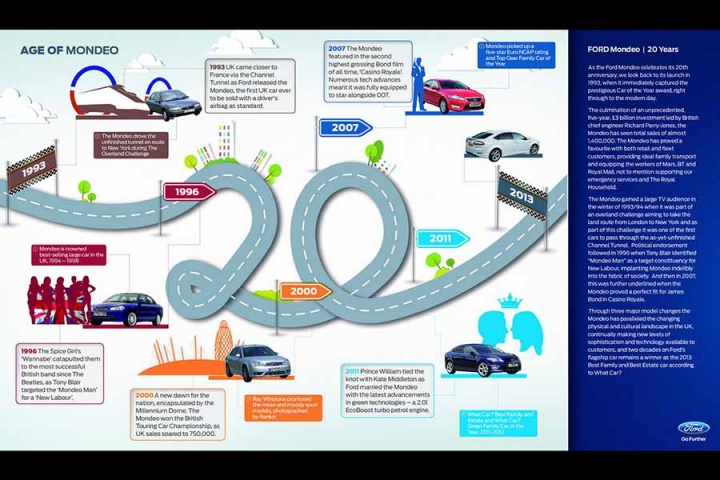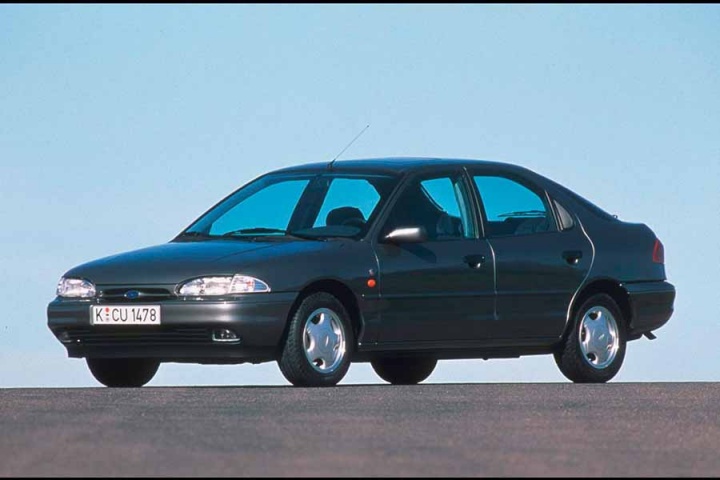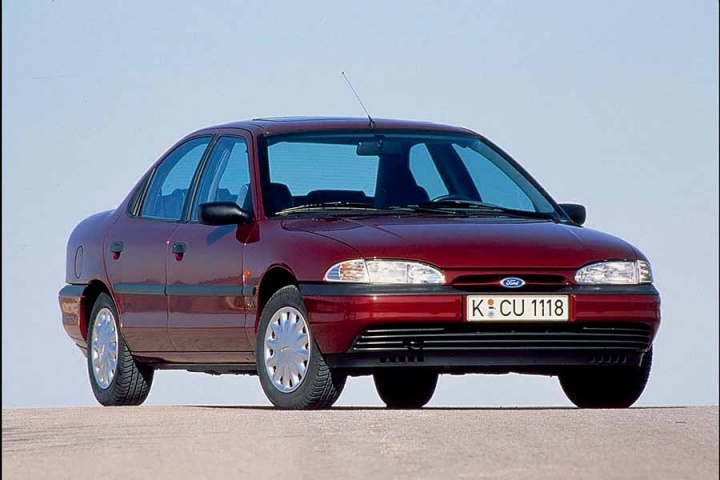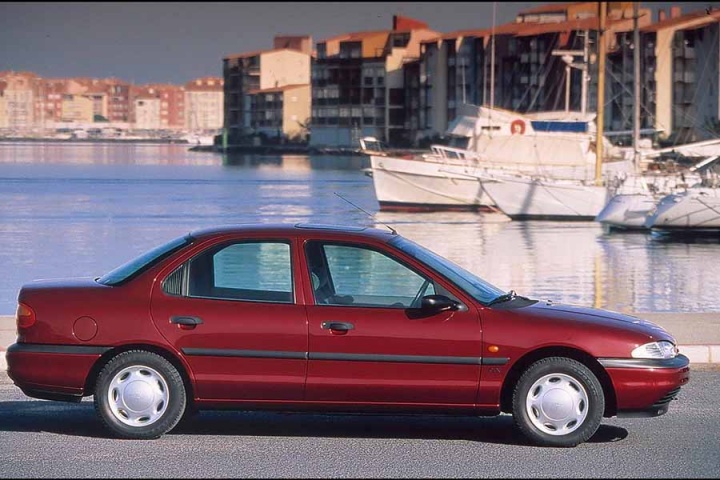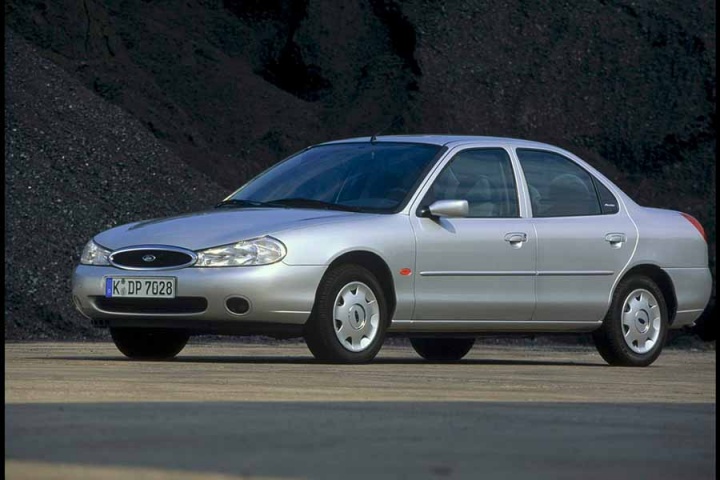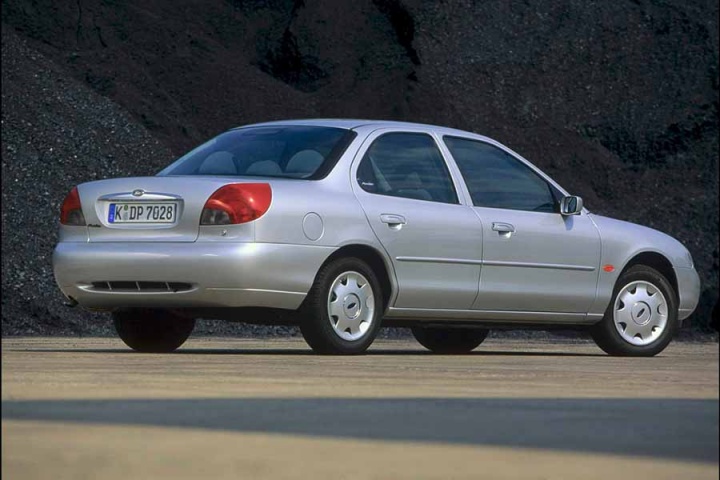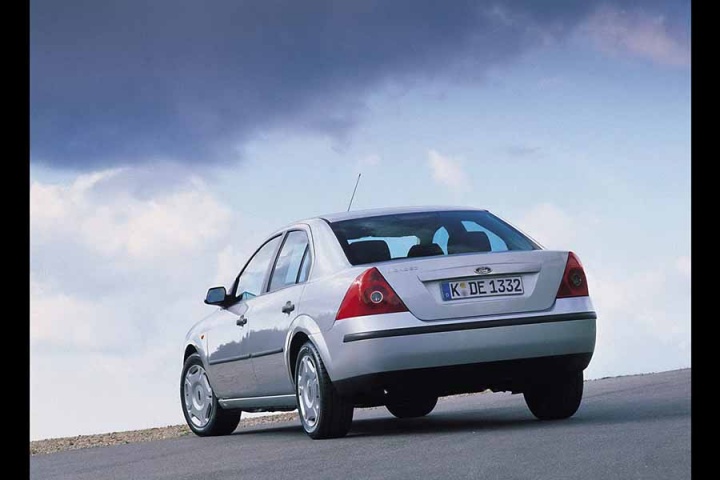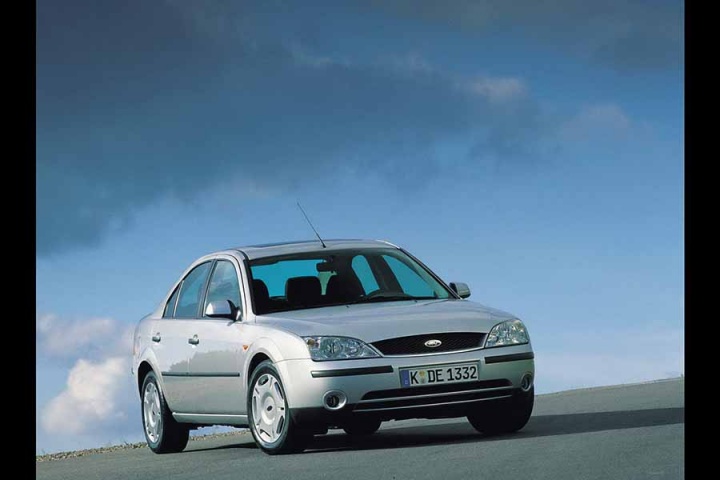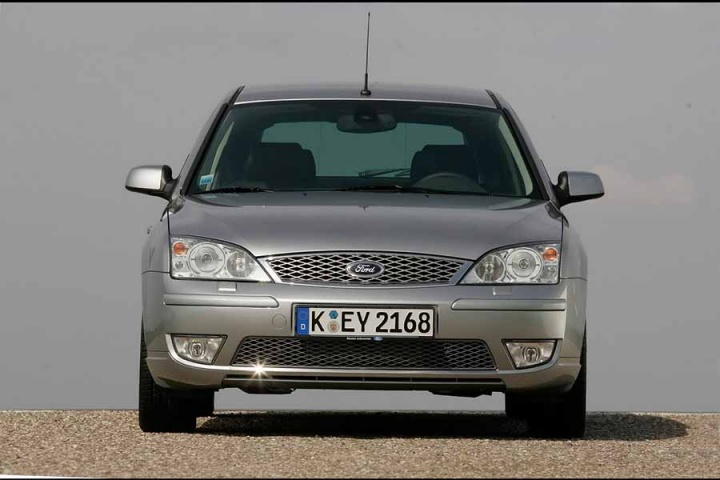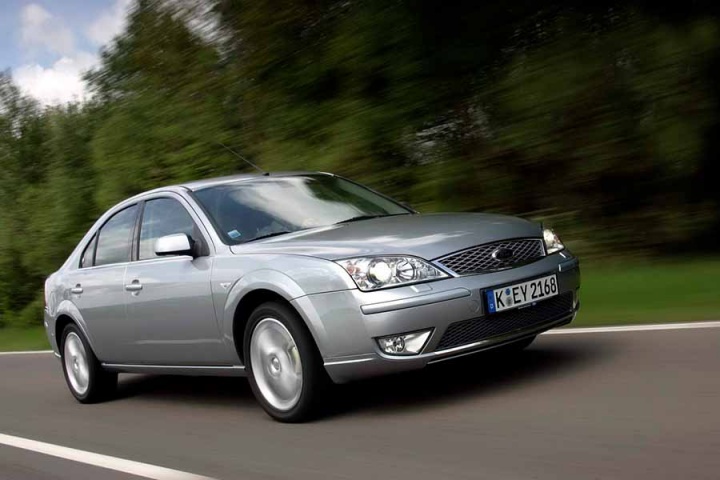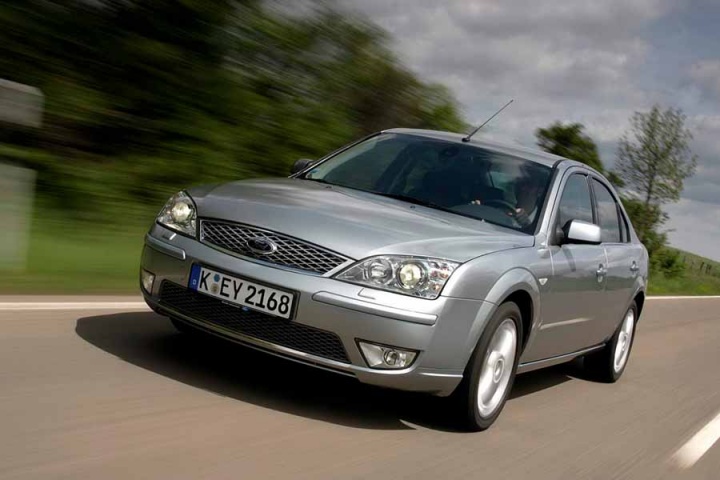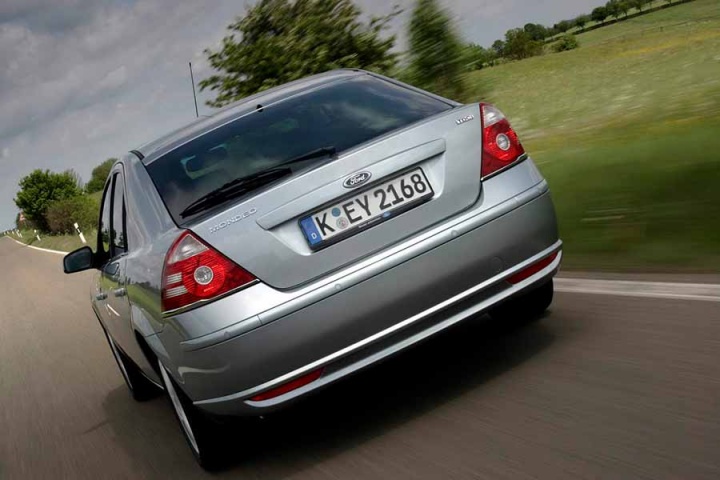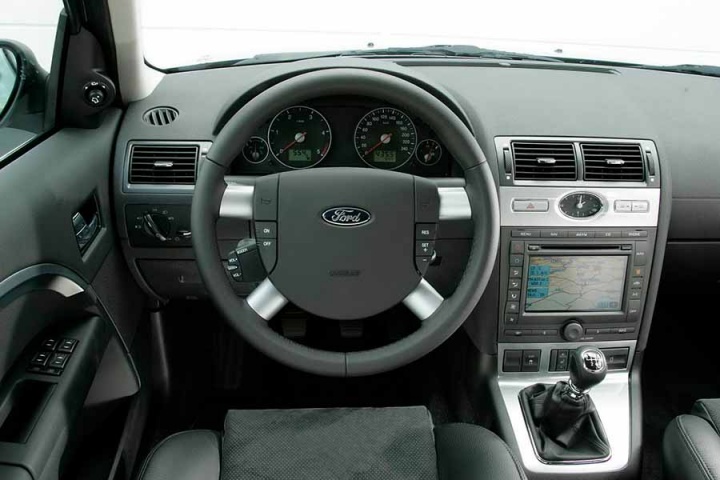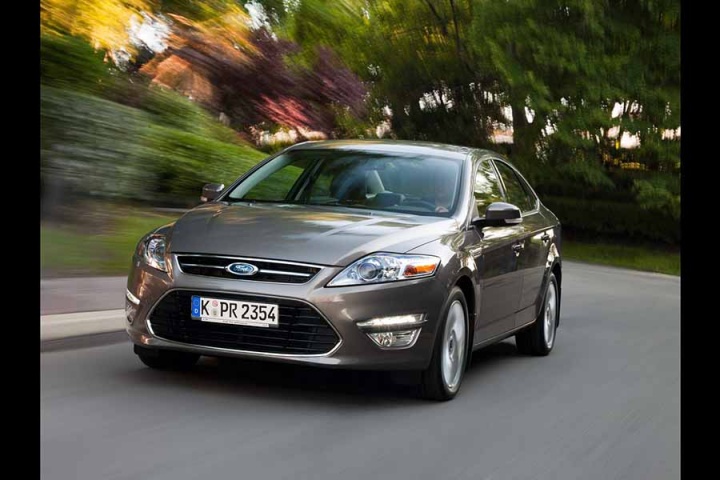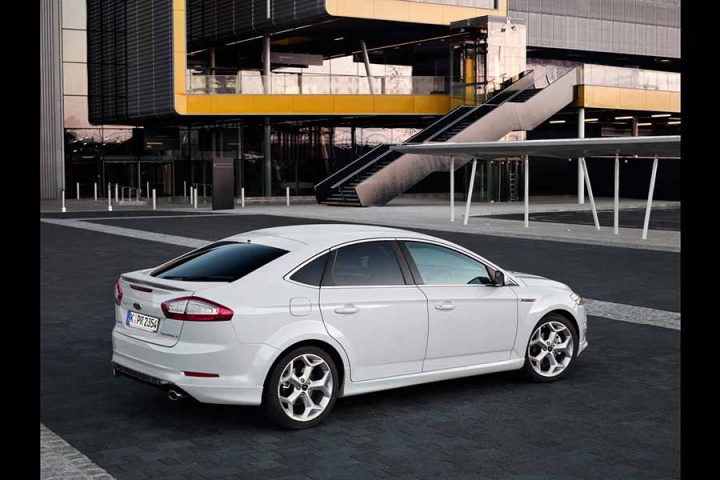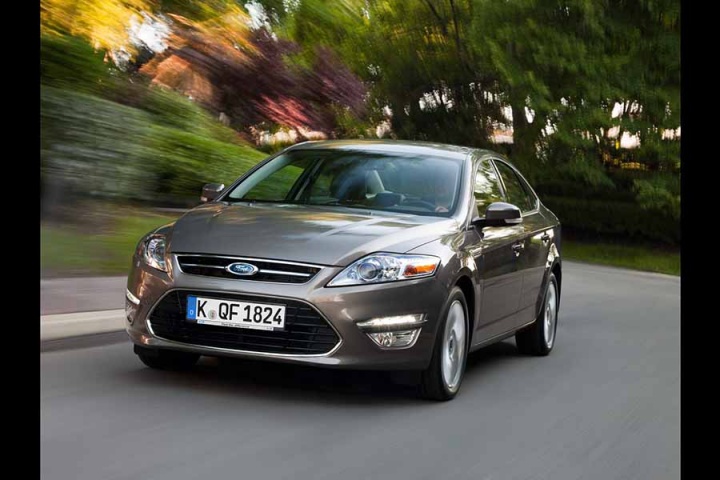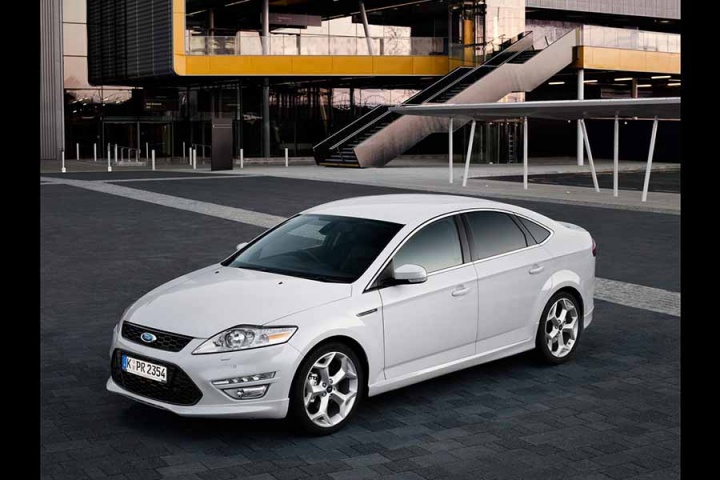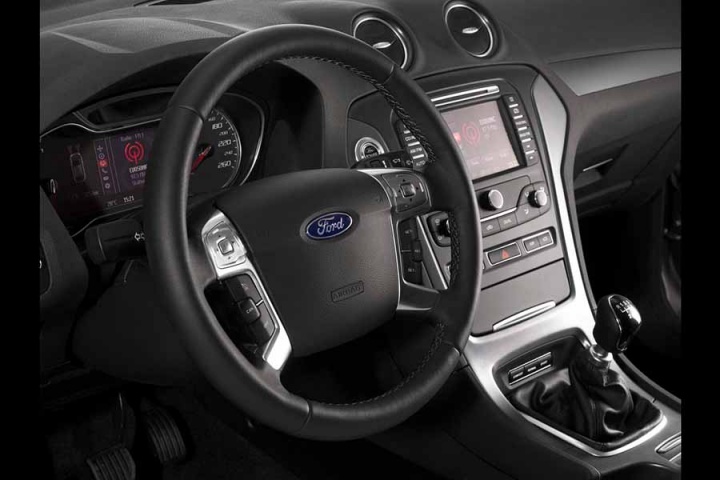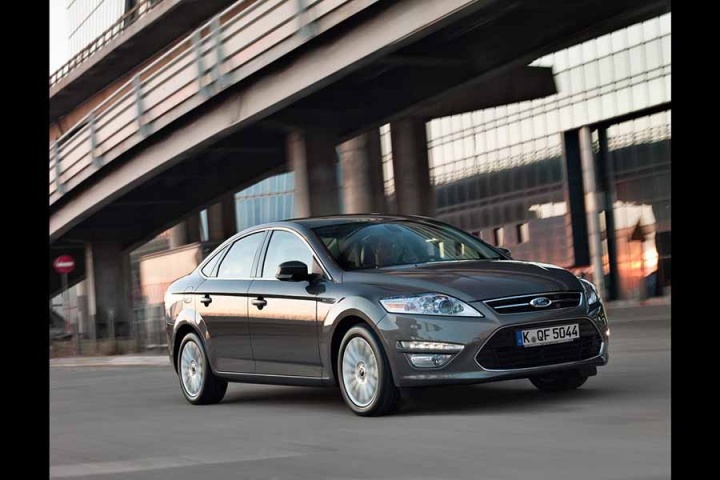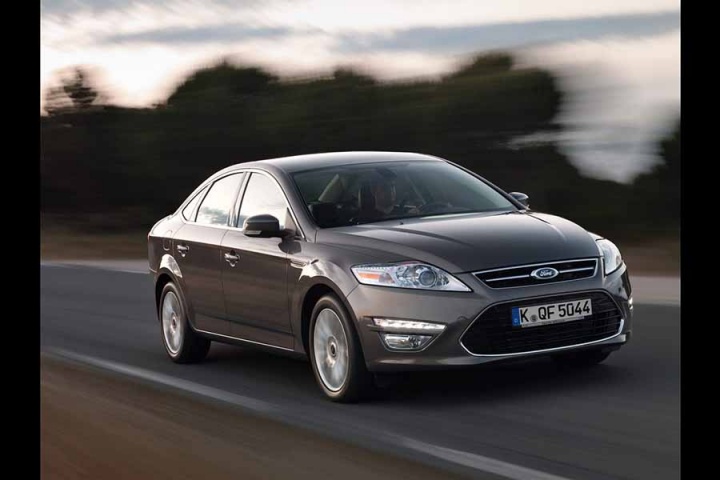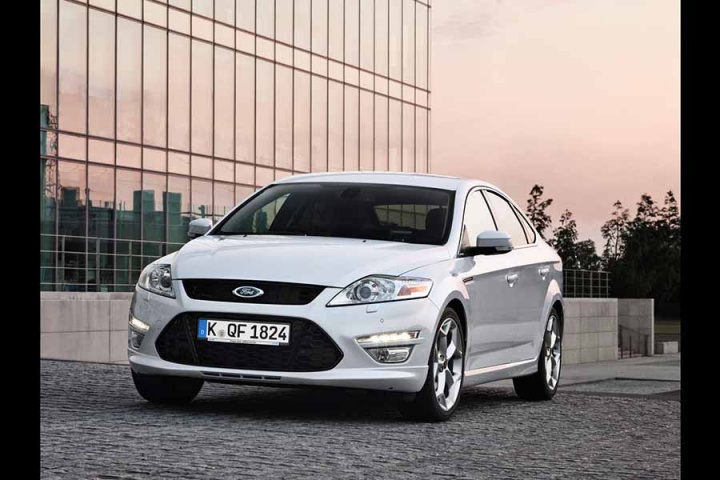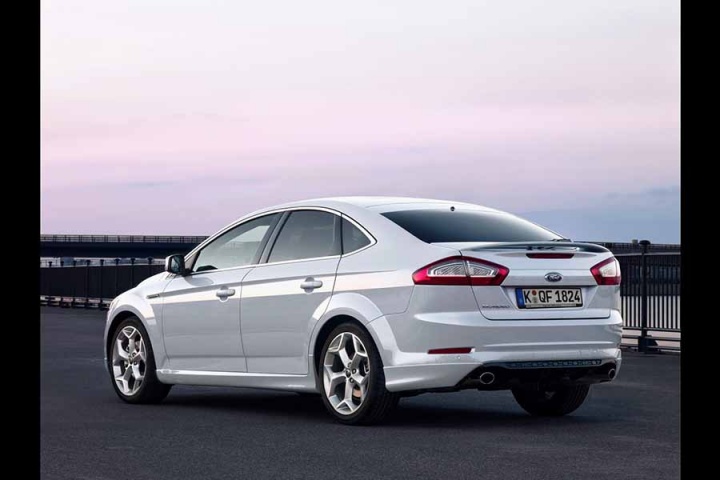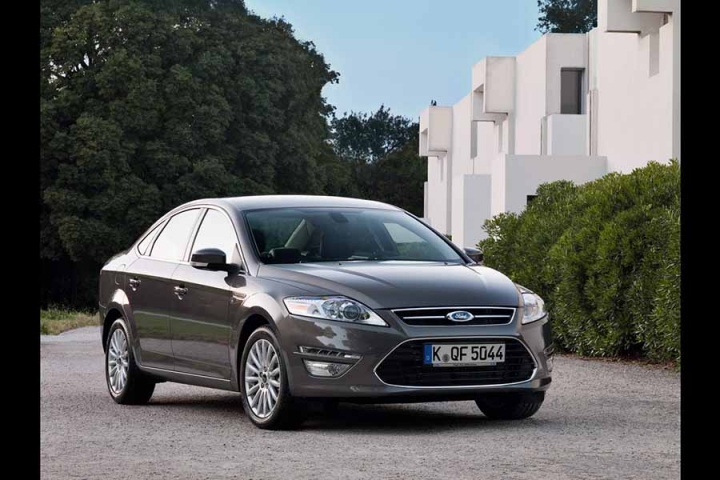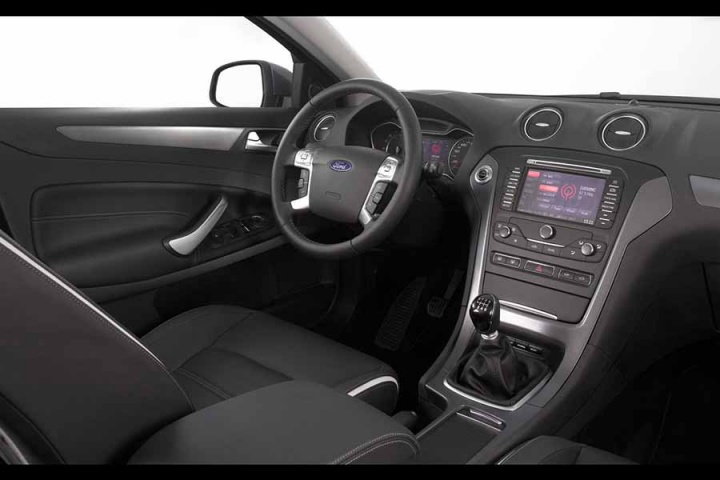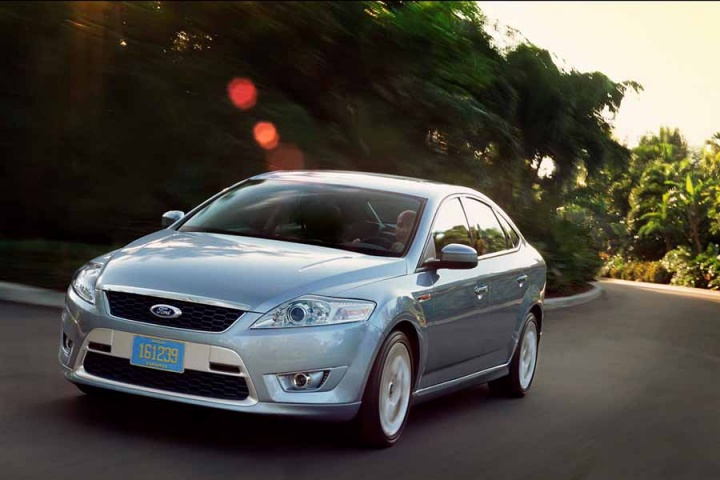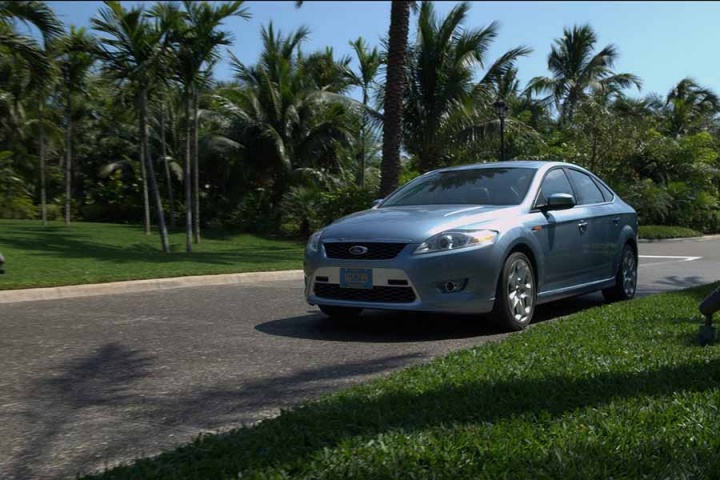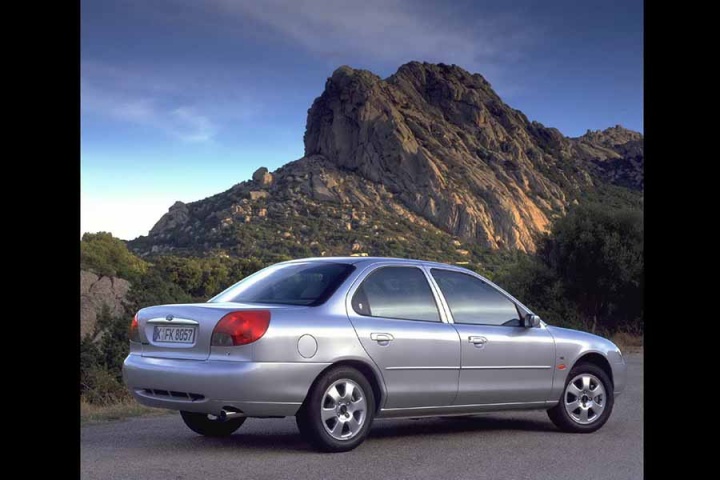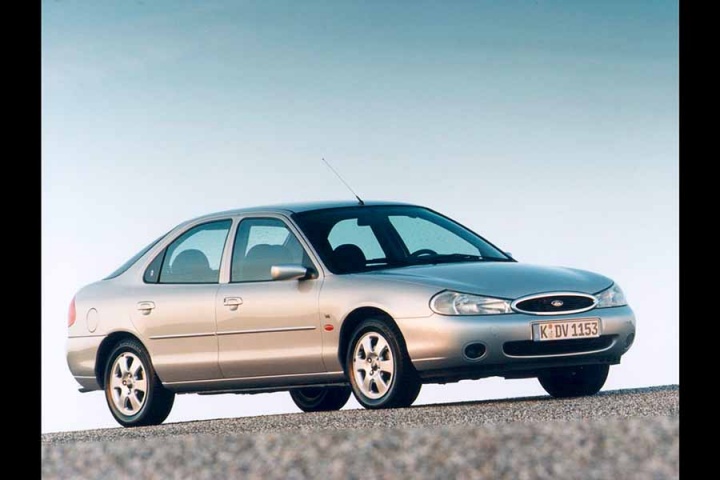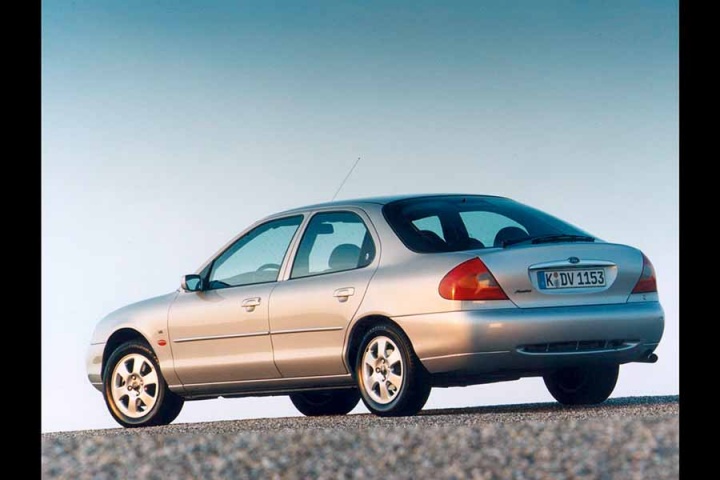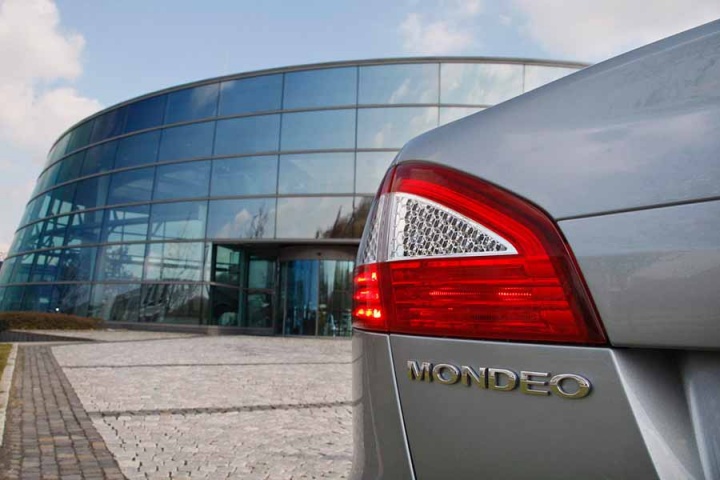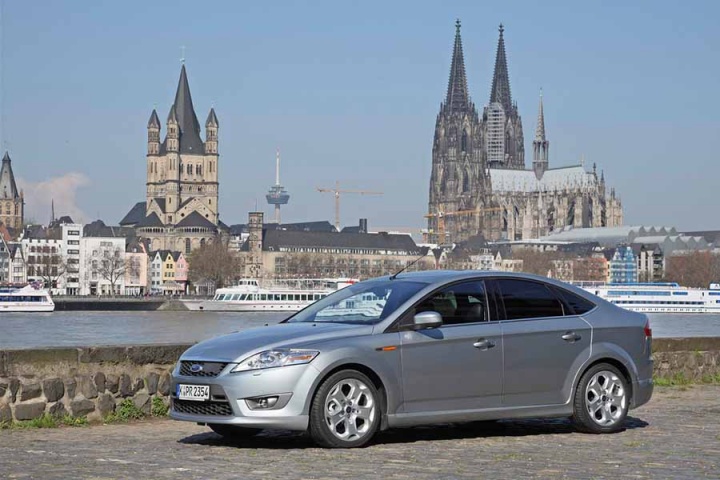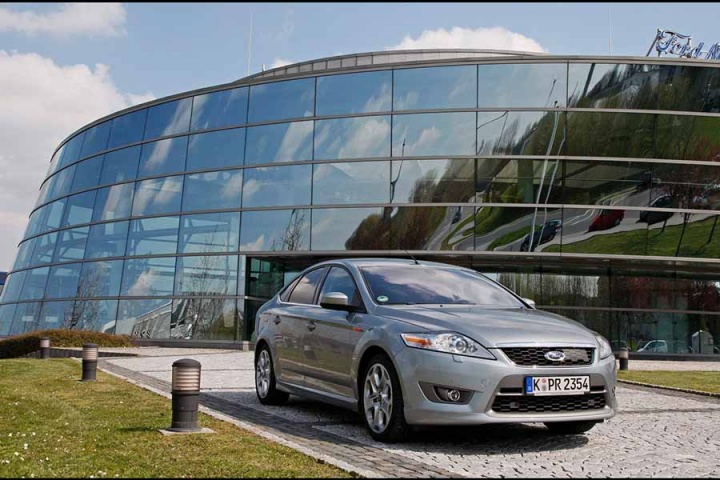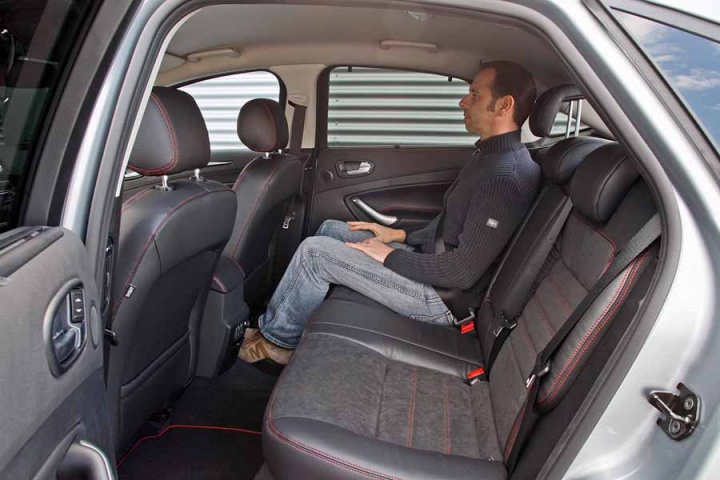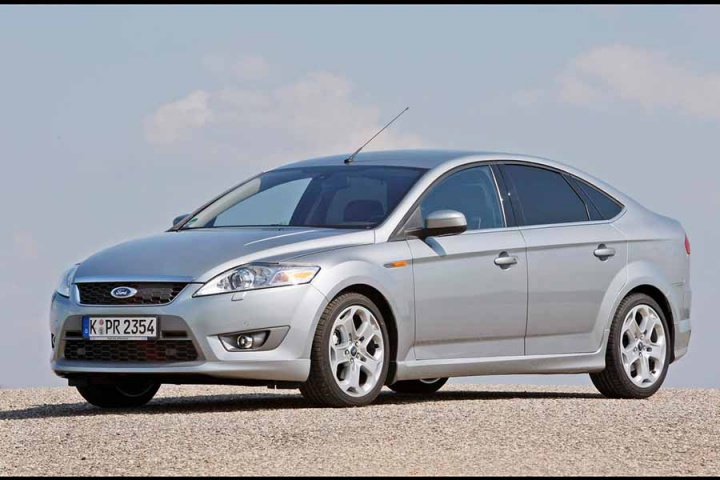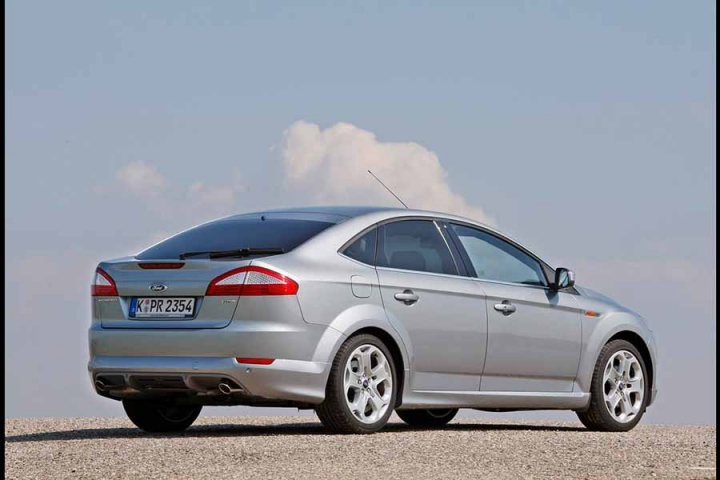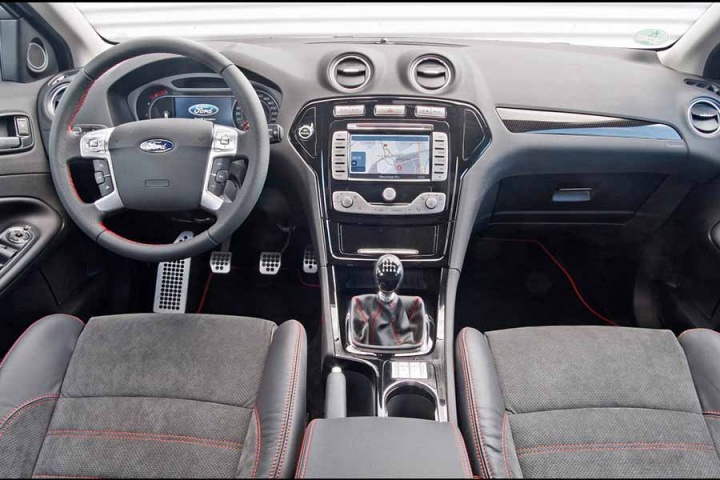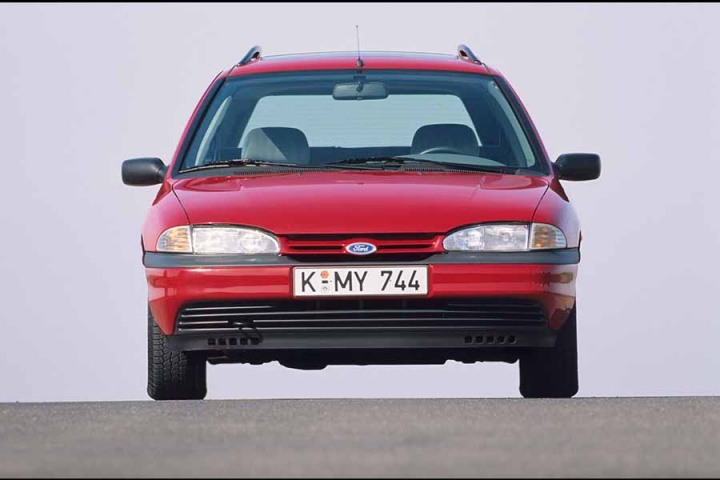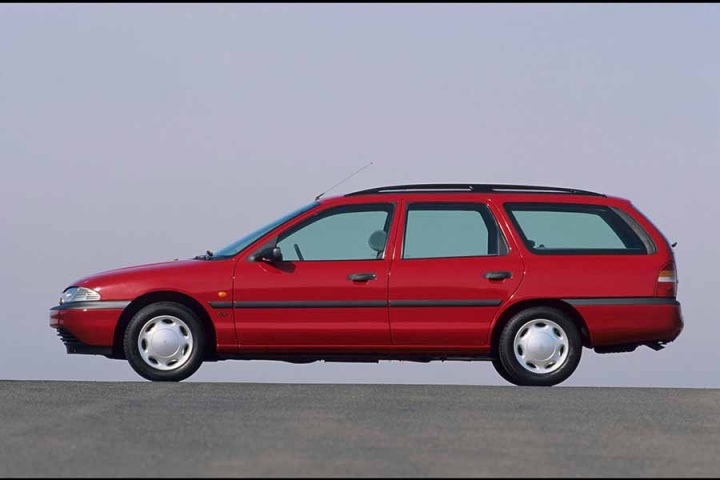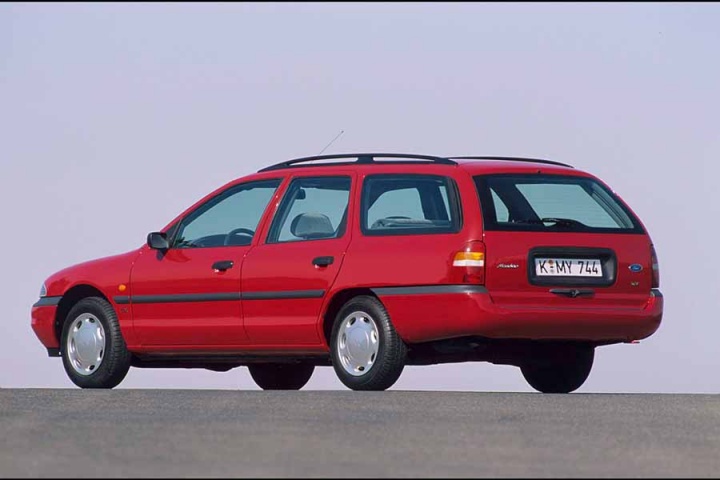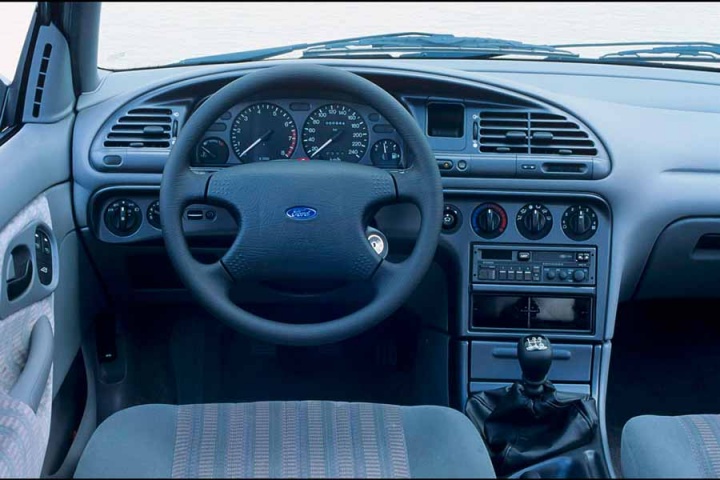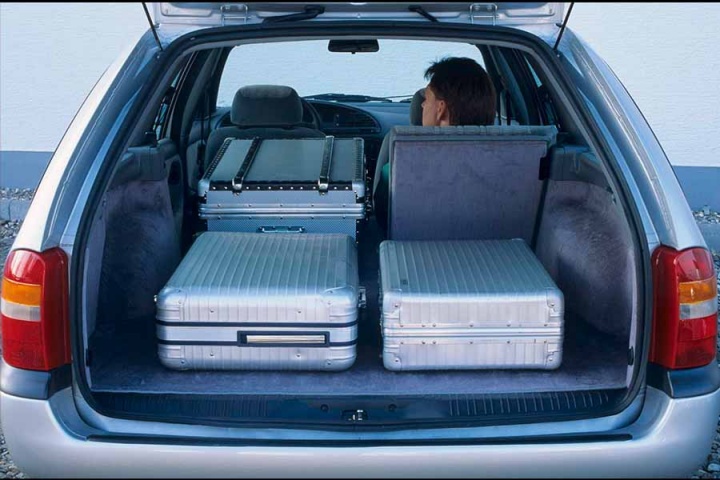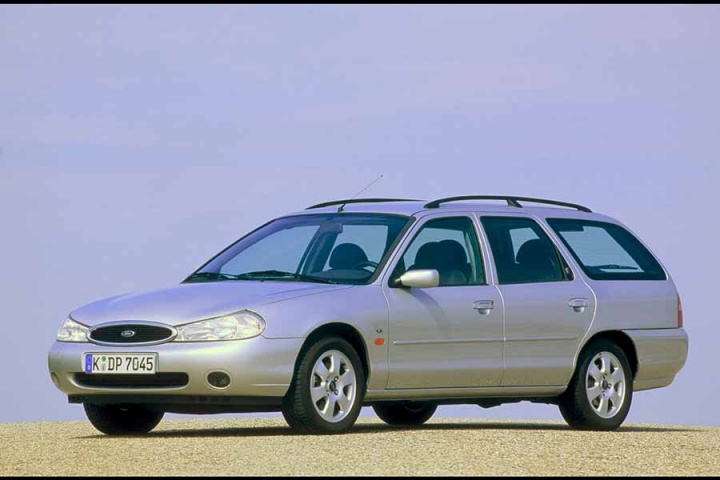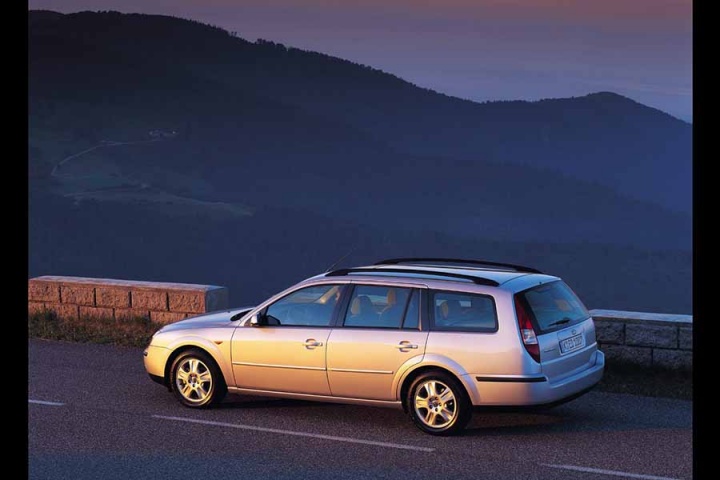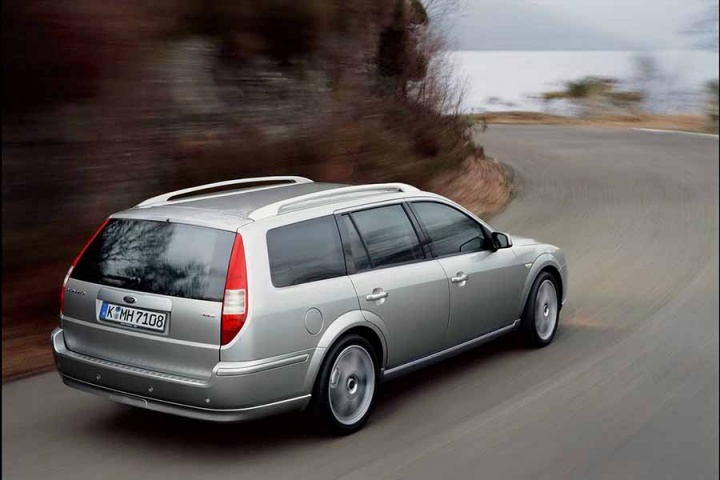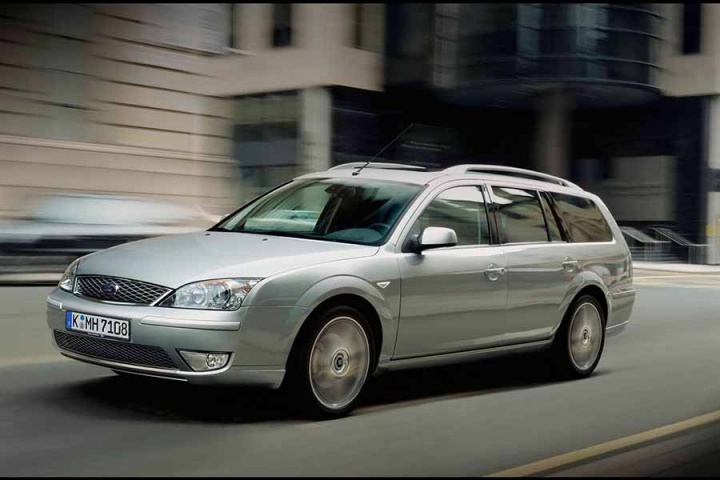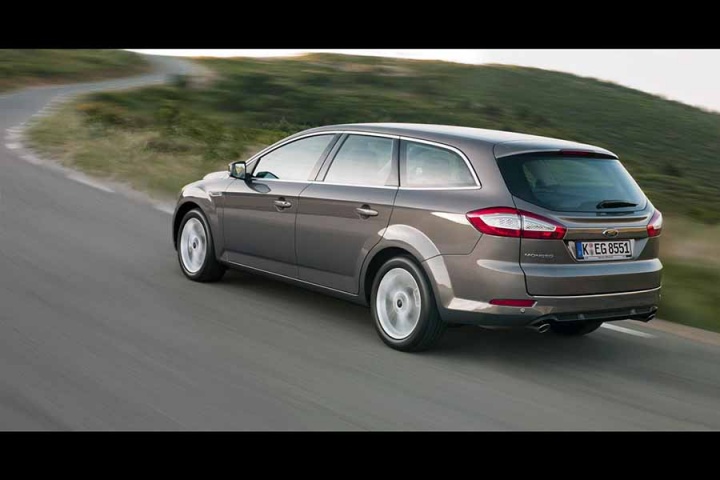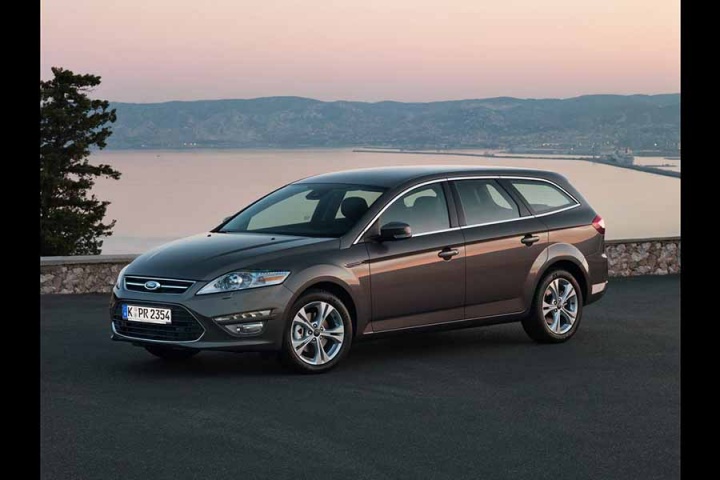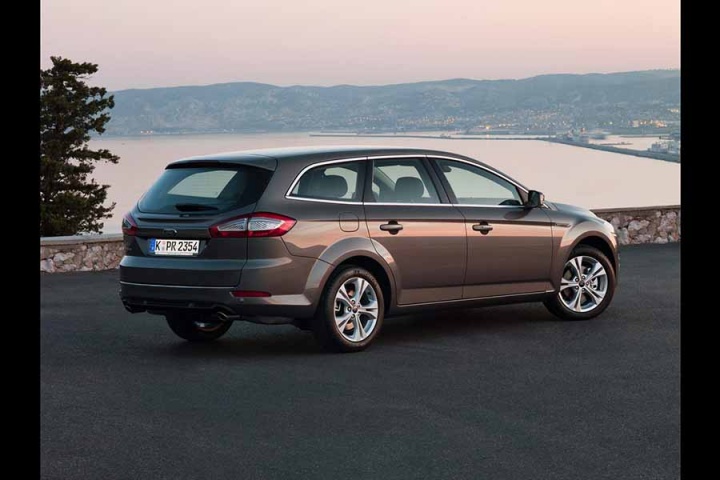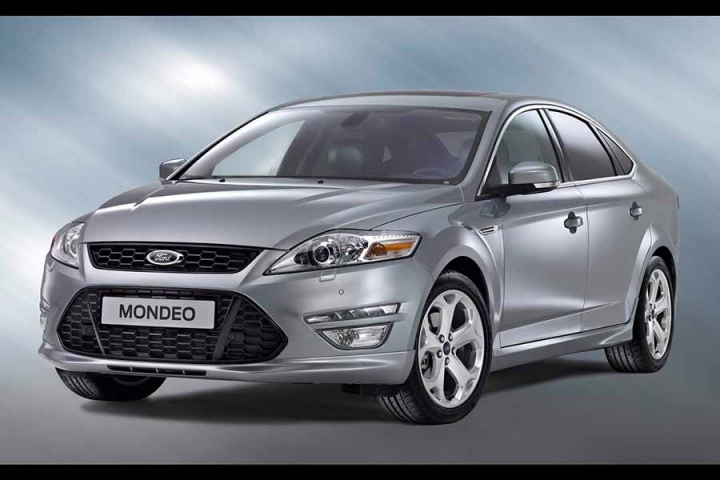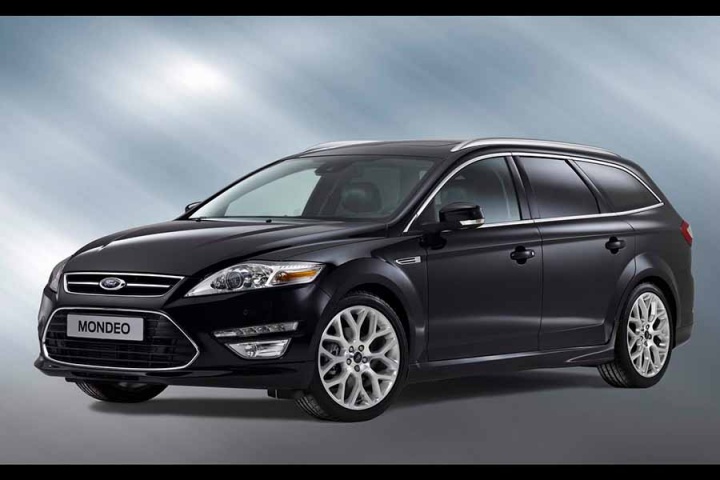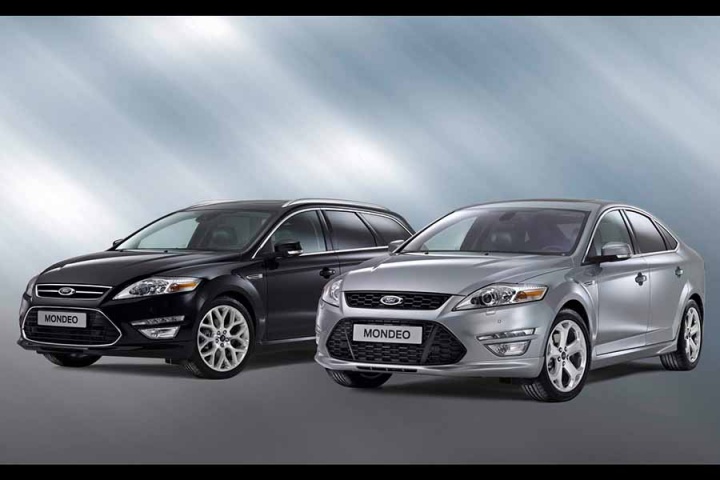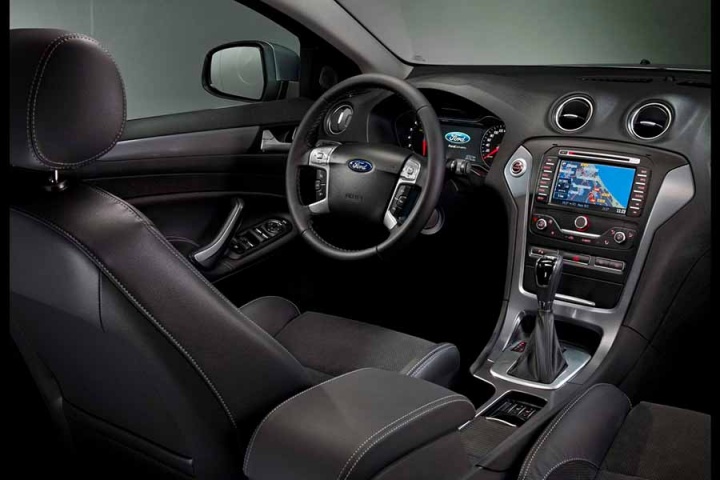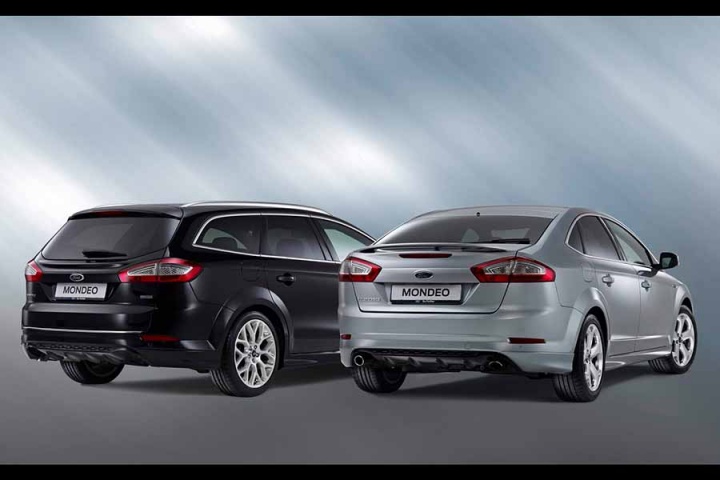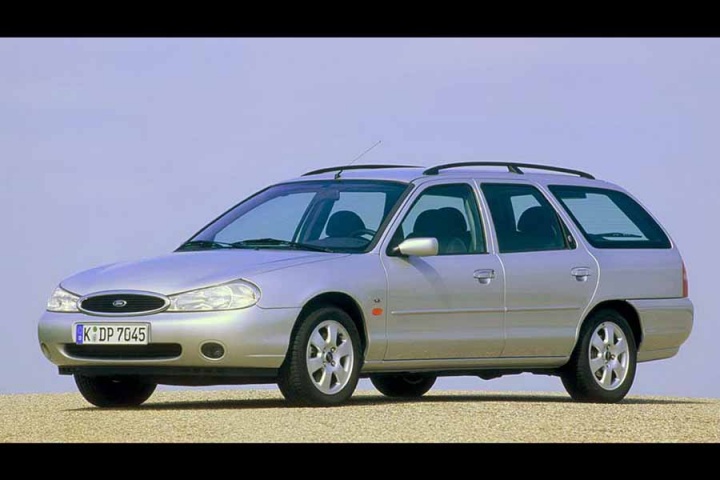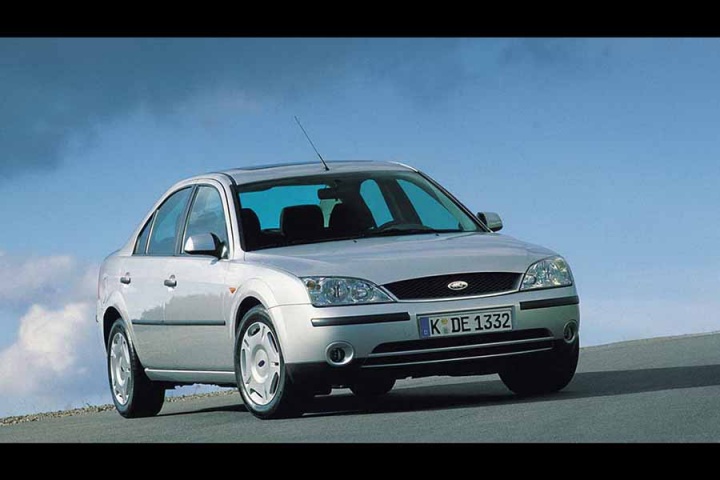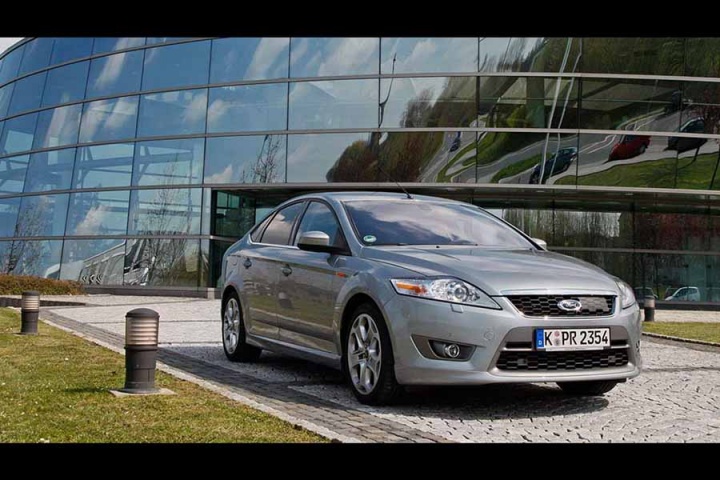By quirk of fate, or the simple happenstance of test car booking schedules, this week I find myself driving a Ford Mondeo. Which would be not at all mentionable, but for the fact that it is the venerable Ford's 25th birthday. Yes, just weeks before Christmas 1992, Ford unveiled the first-generation Mondeo to the world (and indeed the name was chosen because it sounded like world in some languages - Monde, Mundo, etc.) and Ford would never be the same again.
That was partially because the Mondeo was the first 'world' Ford, designed to be sold in the US, Europe and other key markets. Its internal code-name was CDW27, where the C-D part referred to its size and the W was for world. In the US, sales of the Mondeo-based Ford Contour and Mercury Mystique never really took off (it was always too small in the back for American buyers), but in Europe, the UK and Ireland the Mondeo became a big, big seller. And if its global ambitions didn't quite take off, then at least it did start a culture of sharing for Ford's various imperial outposts, leading to the Fiesta becoming a big US seller, and us getting the Mustang with the steering wheel on the correct side.
It represented another major turning point for the Blue Oval, in that it was fun to drive. Nor merely good, nor merely adequate (as prior Fords had been, and had sometimes even struggled to be), but actually, genuinely, engagingly, spiritedly, fun. Even a basic 1.6 LX had steering and chassis responses sharp enough to make the likes of BMW look to its ultimate driving laurels.
The Mondeo, which replaced the Sierra (always stodgy to drive unless it had a Cosworth or XR badge on the boot) represented a radical shift in Ford's management, as the engineers and enthusiasts took over, led by Welsh-born dynamics expert Richard Parry-Jones. Parry-Jones was aided by Formula One legend and long-time Ford advisor Jackie Stewart, and the two men would, repeatedly, go to exceptional lengths to ensure that the new Mondeo's chassis would set the highest possible standards.
That even extended to torturing junior executives. One penny-pinching accountant, trying to dictate to the two men that sufficient money had been spent on the steering development, and could we please just sign it off now, was sent on a late-night drive in the Scottish Highlands in a development prototype. Except Stewart and Parry-Jones had set the headlights to point in different directions, amplifying what they felt was a dead-patch in the steering. The accountant returned, ashen-faced, and they got their extra slice of development budget, out of a reported total of nearly £3 billion.
When the Mondeo was originally launched, I was a mere seedling of a motoring writer, still in secondary school, but managed to nab then boss of Ford Ireland (properly referred to as Henry Ford and Sons Ltd.), Eddie Nolan, for an interview. I had no special powers of access - he simply had a holiday home in the West Cork town where I grew up, and my dad did the wiring in his house. Anyway, asking him how well he thought the Mondeo would do against the serried ranks of opposition (including the Toyota Carina, which had been partially developed on Irish roads), he gave me a response that was typical of his, and indeed Ford's, combative nature - "it'll piss all over them."
Sales-wise, that was pretty much the case, and certainly for the first decade of the Mondeo's life, through one facelift and one new generation (launched in 2000) the model was a serious big-seller, so ubiquitous that Tony Blair's electoral team coined the phrase 'Mondeo Man' when talking about the lower-middle class masses to whom the New Labour project was trying (successfully, as it turned out) to appeal in the 1997 UK general election. Meanwhile, racing stars such as Paul Radisich and Alain Menu were taking the Mondeo to Touring Car glory on the track, and the third-generation model even nabbed a cameo role alongside Daniel Craig's James Bond in Casino Royale.
The rot was setting in, though. As interest rates plummeted across Europe, so credit became alarmingly cheap, and suddenly buyers who would never have previously been able to afford a car with a premium German badge found that they could make the repayments, if only just. Impressive though the Mondeo has always been to drive, it could not compete with BMW, Mercedes or Audi in terms of badge appeal. At the other end, away from buyers who could afford to trade up, the nascent Korean brands of Hyundai and Kia were starting to make inroads with increasingly impressive offerings.
And then there were the SUVs. Barely a year after the launch of that first Mondeo, Toyota launches the first RAV4, and while it wasn't an enormous sales success right off the bat, it sure did start something. Year by year, model by model, the ever-increasing tide of 4x4s and SUVs started to erode the sales of the Mondeo and its rival four-door saloons.
A decade ago, the Mondeo was still a big-selling model, albeit it had slipped outside the top-ten selling cars. Still, other sensible, familiar four-doors were still well inside the top-ten, such as the Toyota Avensis and VW Passat. This year? Not a single big four-door saloon in the top-ten. Five SUVs and five hatchbacks of varying size.
This is not a change made on merit. While the current, fourth-generation Mondeo is far from the best car ever to wear the badge (the handling has softened a touch too much, and the cabin quality isn't up there with Volkswagen, Skoda, nor Mazda) it's still an impressive car. It's enormously roomy (giving immediate lie to any thoughts that SUVs are more practical), very comfortable, safe, well-equipped and generally better overall value than any SUV or crossover (although I say that with one blind eye turned towards resale value...). It's also, to my eyes, exceptionally good looking. Our ST-Line spec test car wears well its muscular body kit, while the white paint work evokes memories of the Mondeo's frequent cameo appearances in TV and big-screen police dramas.
As good as the Mondeo undoubtedly yet is, defending it or praising it seems much like whispering against a hurricane. Sales have fallen by two thirds since 2007, and aren't levelling out. Mums and dads drive 4x4s and crossovers now. Even the Gardaí have abandoned the Mondeo in favour of a fleet of more cost-effective Hyundais. Rivals, such as Toyota, are reportedly mulling giving their four-door saloons the bullet in favour of a more sellable SUV.
What future for the Mondeo? It's hard to say. Ford's official line for now is that there will be another, again tied into the design and production of the all-but-identical US-market Fusion. And one senior member of Ireland's motor trade just yesterday mused to me that, at some point, the scales of fashion-ability must surely fall from buyers' eyes (and this from someone who's company is currently coining it with several big-selling crossovers). And Ford in Ireland is introducing a Prius-rivalling Mondeo Hybrid this month, which should help stir some interest anew among eco-friendly car buyers, taxi drivers and city-dwellers.
Perhaps, though, we have just come too far from that day, 25 years ago, when Ford changed the world and Mondeo changed Ford. Happy birthday, then, dear old Mondeo. Many happy returns?

